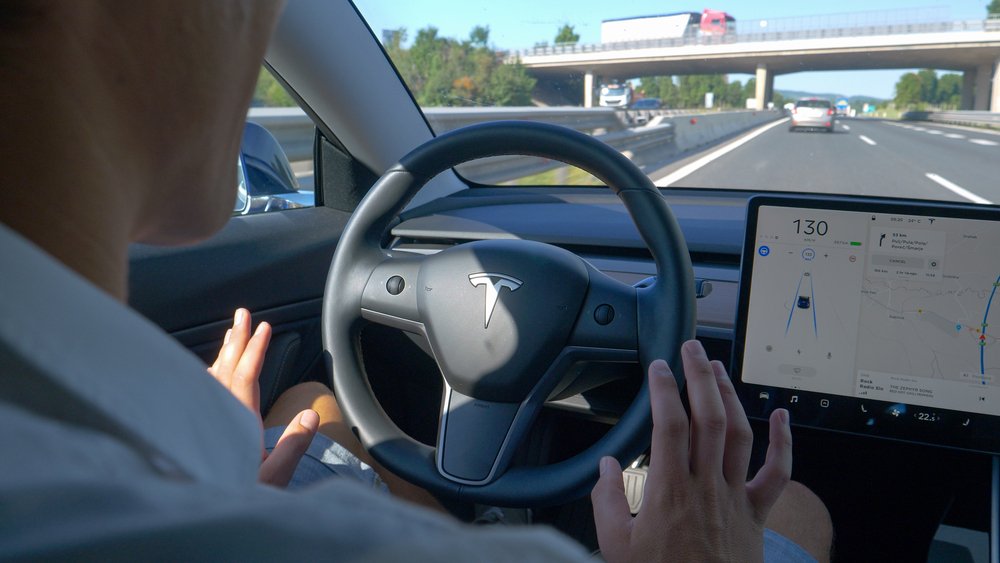
In the middle of the last decade, autonomous vehicles were all the rage. All many experts could talk about was how the technology was roaring to the forefront and that we’d essentially be driven everywhere by a robot.
That hasn’t happened yet, led by the fact that automakers shifted their focus toward electric vehicles.
But as one industry leader pointed out, the rise of electrification holds a door open to autonomous technology gaining a larger foothold.
While the architecture of an internal combustion engine vehicle is different from an electric one, it’s not the same level of change when looking at AVs compared to EVs. In the case of ICE to EV, the latter doesn’t have that physical reaction. Instead, it’s a computer, explained John Hayes, CEO of Ghost Autonomy, an autonomous software company at the recent Collision Conference in Toronto during the panel discussion Two Perspectives on Autonomous Vehicles
That architecture from EVs is allowing for easier implementation of AV technology. A relatively new term is “software-defined vehicles.” As there are more computers and software in vehicles to address the electrification aspect, it opens up a pathway for autonomous technology to move in on that architecture.
But it’s creating a shakeup in what kind of leaders need to be in place at automakers. There’s more focus on, say, electrical engineering and design process.
“It’s really disruptive to how they operate and you can see the different auto companies trying to figure out their way.”
As vehicles become more software-defined, it opens up the possibilities of what can be done for consumers, said Shawn Kerrigan, co-founder & COO at Plus, an autonomous technology company.
“A big part of what makes up a vehicle is actually the software that’s running on it; what the capabilities are. And so historically, there wasn’t really that idea that your vehicle will continue to get better and continue to add functionality and improvements over time,” he said on the panel.
Tesla has essentially set the benchmark in this area, sending updates to vehicles as required to resolve issues or add functionality.
“The ability to do these over-the-air updates … is really a new type of capability that I think is really transforming the future of automotive,” Kerrigan said.





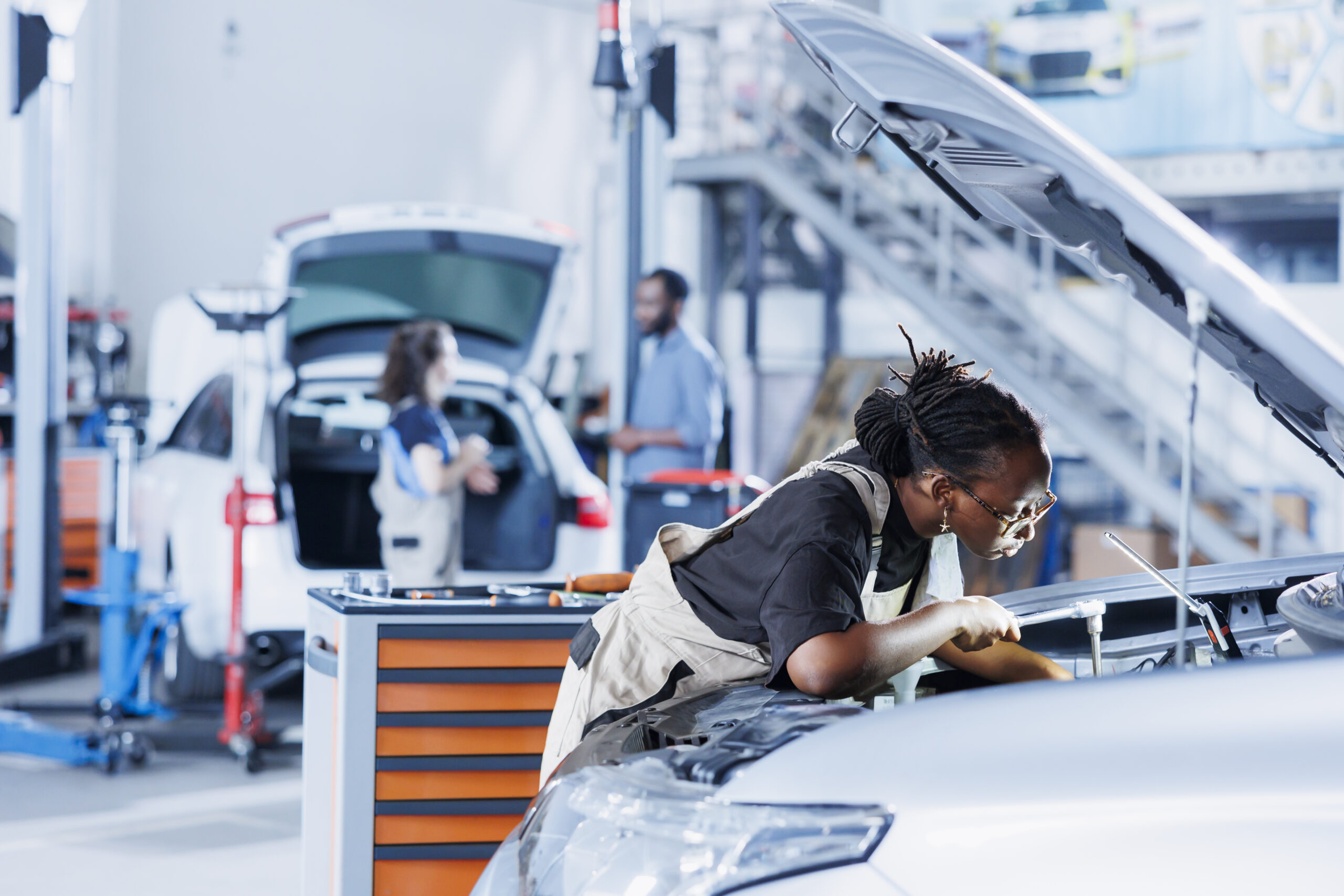

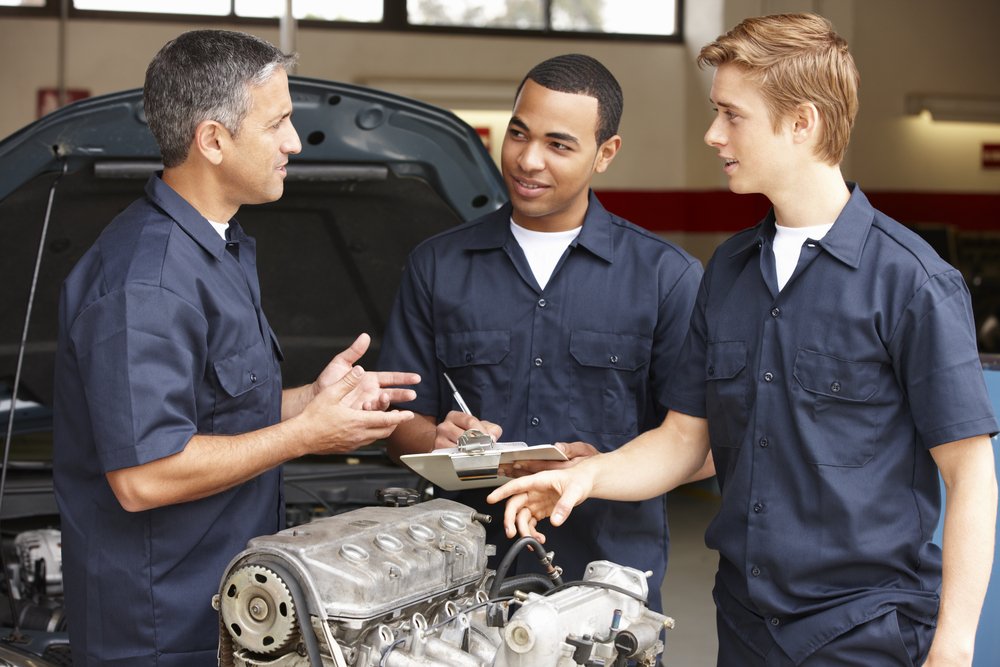
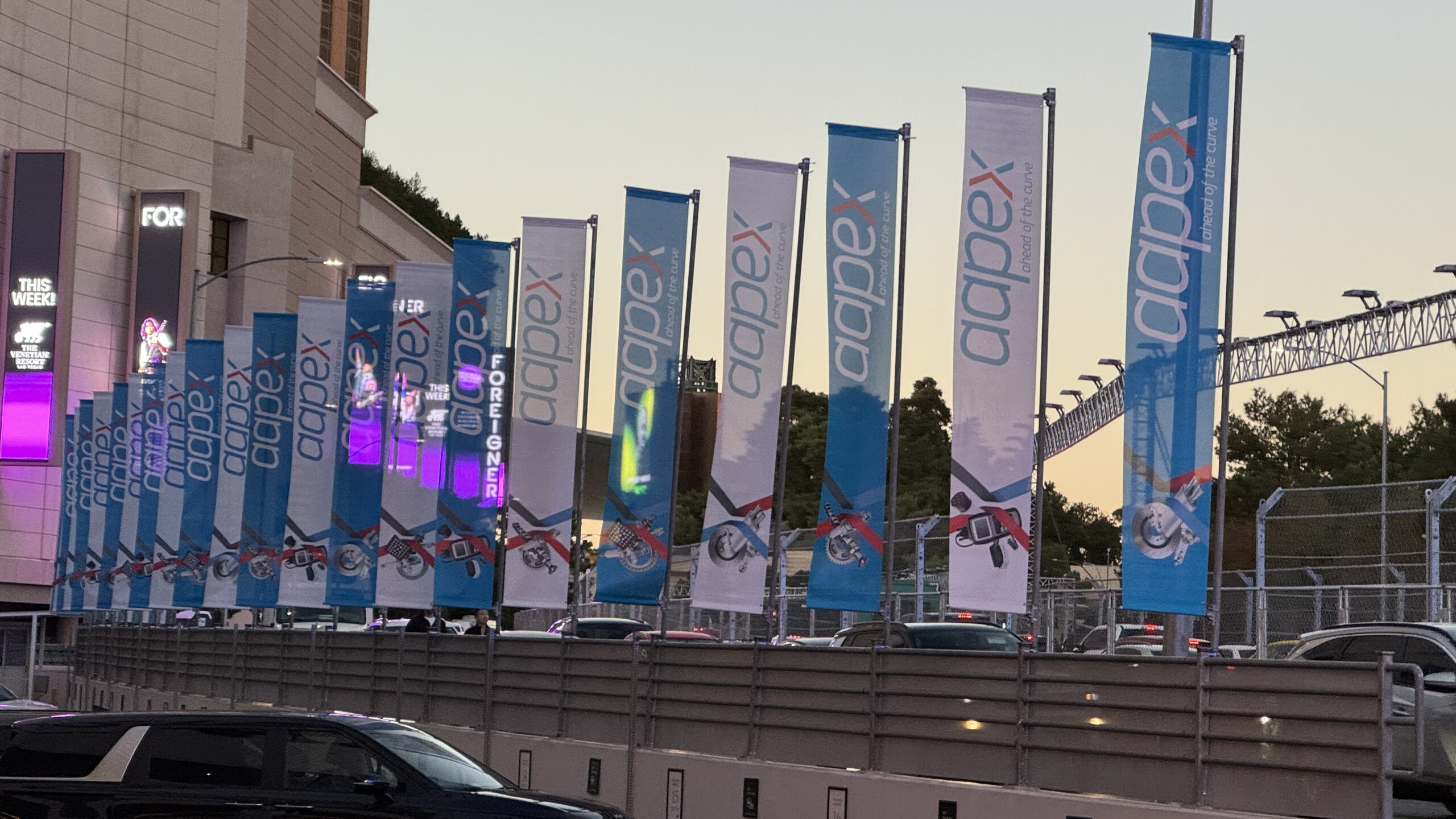


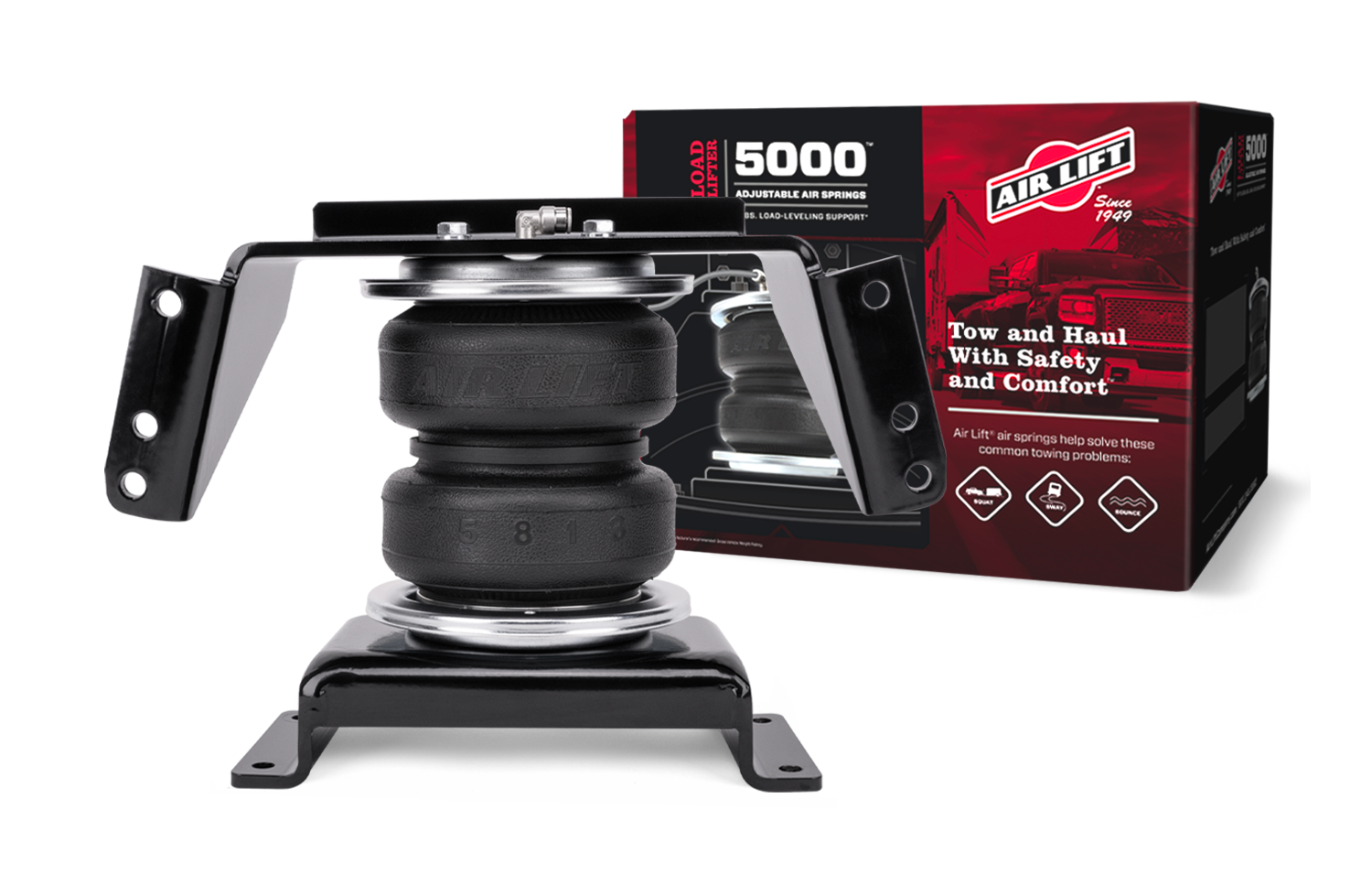
Leave a Reply